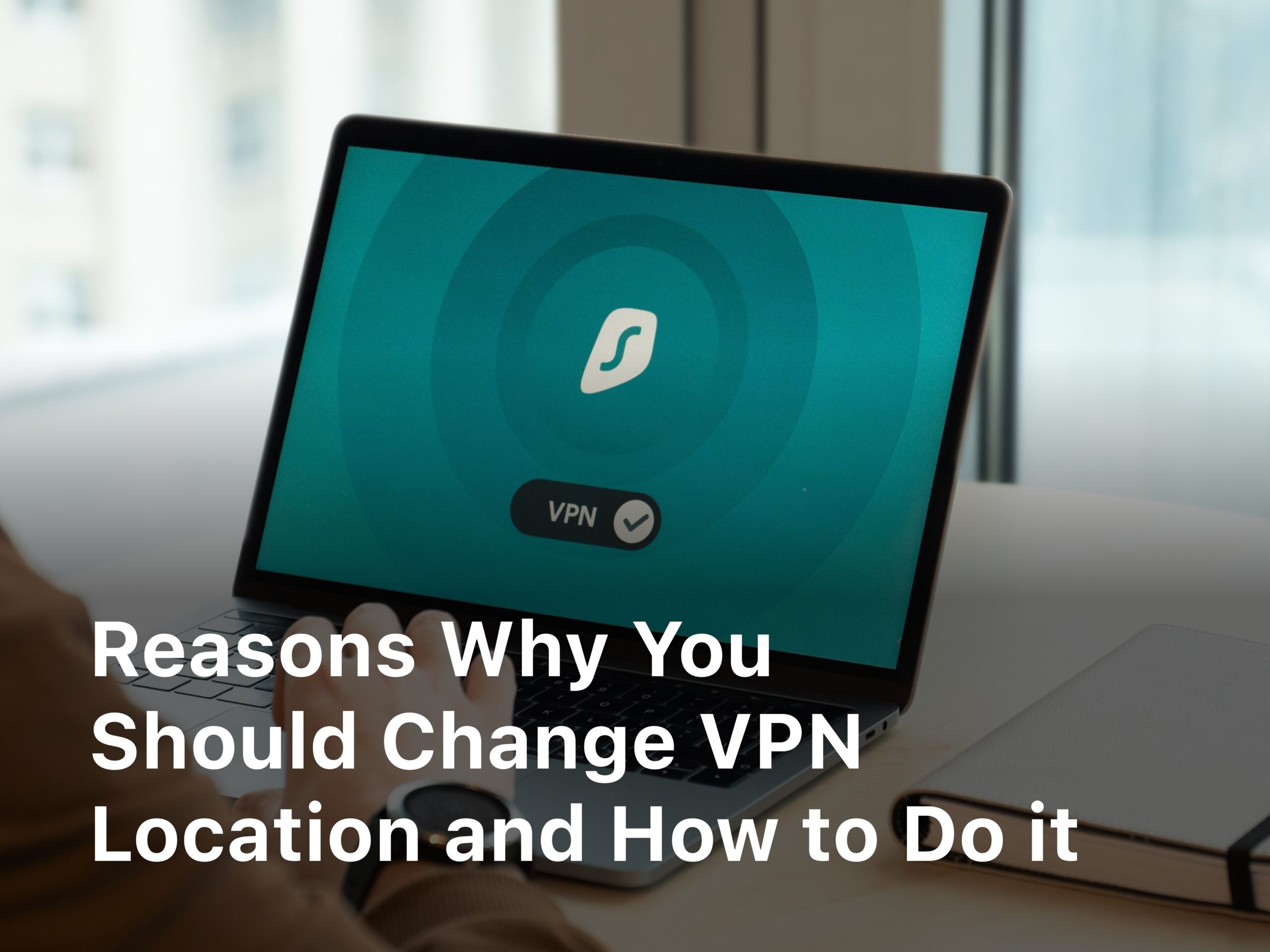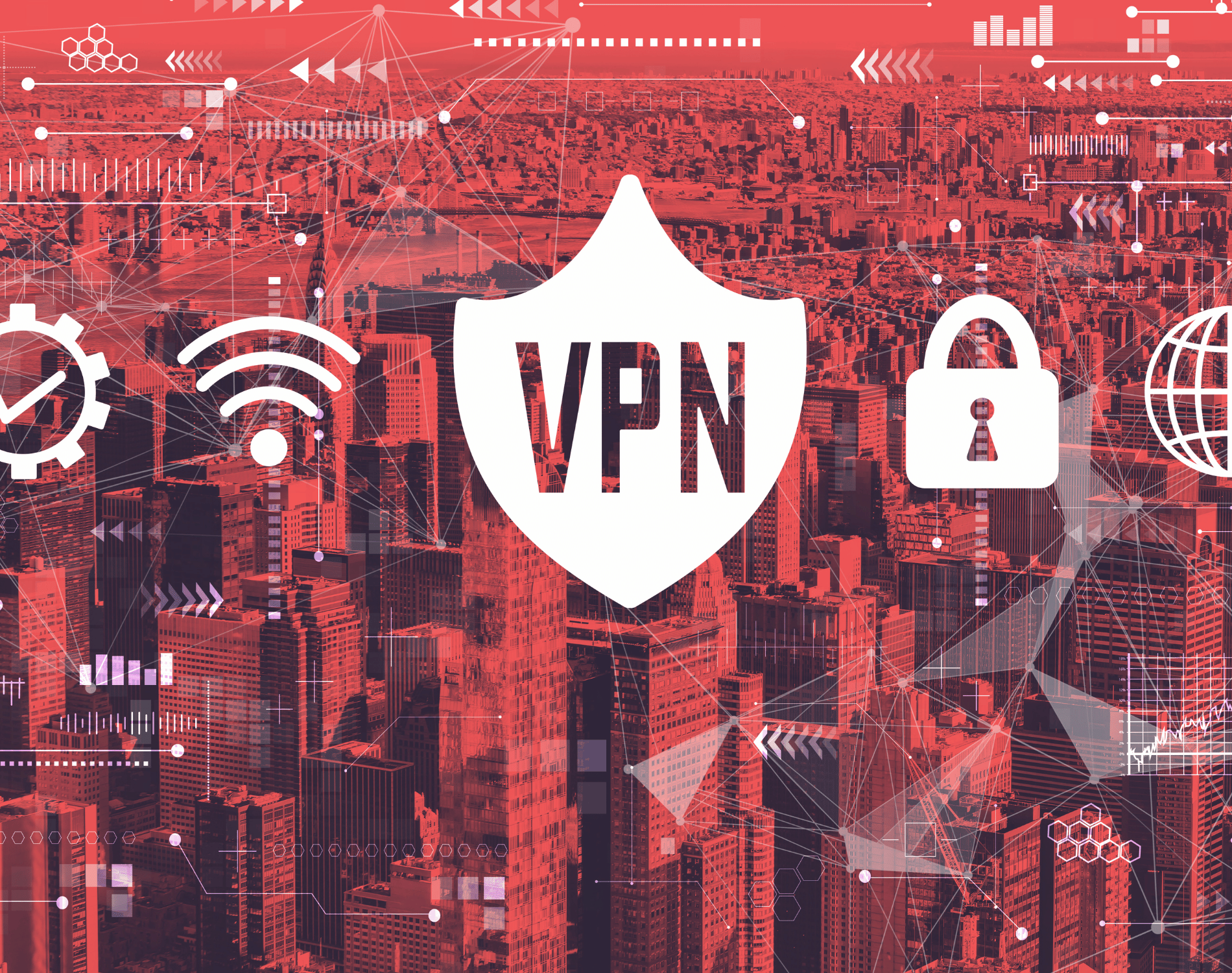Reasons Why You Should Change VPN Location and How to Do it
Ever feel like your internet connection isn’t secure enough? Using a VPN is a great way to encrypt your online activities and access geo-restricted content, but did you know that change VPN location can provide even more benefits? You’ll find three compelling reasons why it’s worth switching your virtual location, along with quick ways you can start exploring the world through your VPN. Whether you want to access streaming libraries from other countries, circumvent censorship restrictions, or simply remove people from your digital footprint, changing your VPN location has got you covered. Ready to transport yourself to another part of the world at the click of a button? Let’s dive in.
Why You Should Change Your VPN Location
Changing your VPN location has some major benefits. Here are a few reasons why you should switch it up:
Access geo-restricted content. Certain streaming services, websites and online content are only available in specific countries. By connecting to a VPN server in that location, you can access the geo-restricted content. For example, connect to a UK server to watch BBC iPlayer or an Australian server to watch content on Stan.
Improve privacy. Connecting to a VPN hides your real IP address and encrypts your internet traffic. But if you always use the same VPN server, your online habits and behavior can still be tracked over time. Switching locations regularly makes you harder to track and improves your privacy.
Avoid bandwidth throttling. Some internet service providers throttle or slow down your bandwidth when they detect you’re using a VPN. Changing VPN locations helps mask VPN use and can prevent throttling.

Get around censorship. In some countries, governments censor access to certain websites and online services. Connecting to a VPN in a different country allows you to bypass censorship and access the open internet.
It’s easy to change :
VPN location. Here’s how:
- Open your VPN app and go to the server or location selection screen. This may be called “VPN locations”, “Server list” or something similar.
- Select a server in your desired new location. For the best performance, choose a location in a country close to you geographically.
- Connect to the new VPN server. Your internet traffic will now appear to be coming from the new location.
- To switch back, just select your original VPN server or a new location and connect. Change locations as often as you like for the best privacy and access.
Unblock Geo-Restricted Content
Using a VPN is great for security and privacy, but did you know you can also use it to access geo-restricted content? By changing your VPN location, you can unlock websites and streaming services that aren’t available in your country.
For example, say you want to watch a show on Netflix that’s only available in the UK. Just connect to a VPN server located there, and Netflix will think you’re accessing it from Britain. Voila, you now have access to UK Netflix content. The same trick works for BBC iPlayer, Hulu, and many other services.
Change VPN location is usually pretty straightforward. Here are the basic steps:
- Sign in to your VPN service’s app or website and locate the server list. This will show locations in countries all over the world.
- Select a server in the country where the content you want to access is located. For UK Netflix, choose a server in Britain. For Canadian YouTube, select a Canadian server.
- Connect to the server. This may take a few seconds as your VPN establishes an encrypted tunnel to hide your real IP address.
- Once connected, the website or service you access will think you’re located in that country. You may need to refresh the page or log out and back in again for the new location to register.
- To go back to your normal location, just disconnect from the VPN or select a server in your own country.
Using a VPN to bypass geo-restrictions is a handy trick. Just be aware that some services actively try to block VPN use, so certain locations may not always work. But with a premium VPN, you’ll have many server options to try until you find one that does the trick!
Increase Your Privacy and Security
Changing your VPN location is one of the best ways to increase your online privacy and security. Here are a few reasons why you should consider switching locations regularly:
Hide your real location
When you connect to a VPN, your internet traffic is routed through an encrypted tunnel to a server in the location you choose. This hides your real IP address and physical location, masking it with the IP address of the VPN server. By frequently changing locations, you make it much harder for anyone to pinpoint your actual whereabouts based on your online activity.
Access geo-restricted content
Certain streaming media services, websites and online resources restrict access based on your location. A VPN allows you to spoof your location and access content as if you were in another country. You can watch BBC iPlayer from the US, stream US Netflix from Europe or access news sites not available in your region. Switching locations gives you access to more global content.
Avoid bandwidth throttling
Some internet service providers throttle or slow down your bandwidth when you access certain types of data like streaming video, file sharing and VPN use. Frequently changing your VPN location can help avoid throttling since your ISP won’t recognize the VPN traffic. They’ll have a harder time identifying the type of data and limiting your bandwidth.
Extra layer of security
Different countries have different privacy laws and data retention policies. By connecting to servers in privacy-friendly locations, you add an extra layer of security and anonymity for your online activity. Your data and traffic are subject to the laws of the country your VPN location is in. Switch locations regularly to take advantage of more secure privacy laws around the world.
Changing your VPN location is simple to do using the software or app from your VPN provider. Most allow you to pick from servers in dozens of countries worldwide. Rotate through different locations whenever you connect to add more privacy, security and access to your online experience.
Related Article : 10 Ways How to Stay Safe Online
Access Public Wi-Fi Hotspots Safely
Public Wi-Fi networks are convenient, but they’re not always secure. Using a VPN helps protect your privacy and security when connected to public hotspots. Here are a few reasons why you should enable your VPN before connecting to public Wi-Fi:
Hide your online activity
On public networks, your online activity like browsing history, messages, and logins can be seen by anyone else on the network. A VPN encrypts all the data you send and receive, hiding your activity from other users.
Protect personal information
It’s easy for hackers to snoop on public Wi-Fi and steal passwords, credit card numbers, and other sensitive data. A VPN secures your connection and helps prevent criminals from accessing your personal information.
Bypass location restrictions
Some websites and streaming services block access or restrict content based on your location. A VPN allows you to mask your real location and access geographically restricted content from anywhere. This is useful when traveling abroad or in a location with heavy censorship.
How to connect to public Wi-Fi safely
When using public hotspots, take these steps to browse securely:
- Enable your VPN before connecting to the Wi-Fi network. This ensures all your data and activity are encrypted as soon as you go online.
- Double check that your VPN is connected and your real IP address is hidden. Most VPN services have an app or browser extension that will clearly show your connection status.
- Never enter passwords, credit card numbers or other sensitive data on public Wi-Fi without a VPN. It’s just not worth the risk.
- Consider using a password manager to generate unique, complex passwords for all your accounts. This makes it much harder for hackers to access your data and accounts.
- Be cautious of what links and downloads you access on public networks. Malware and phishing attempts are more common on open Wi-Fi.
By following these best practices, you can take advantage of the convenience of public hotspots while reducing risks to your privacy and security. Using a VPN and exercising caution are the keys to browsing safely on public Wi-Fi.
How to Change Your VPN Location
Changing your VPN location is actually quite straightforward. Here are the basic steps to switch which country or region your VPN connection routes through:
Select a New Location
The first thing you need to do is pick a new VPN location from the list of available servers in your VPN app. The options will vary depending on which VPN service you use, but typically include major countries and regions around the world. Consider things like:
- Laws and regulations: Some locations may have stronger privacy laws and less censorship.
- Content access: You may want to access streaming media or websites only available in certain countries.
- Anonymity: Less populated areas may offer more privacy.
Disconnect Your Current Session
Next, you’ll need to disconnect your current VPN session to change locations. In your VPN app, find the option to disconnect, log out or turn off the VPN. This may be under a “menu” or “settings” tab.
Reconnect to the New Location
Once disconnected, select your desired new VPN location from the list of servers and click to connect. This will route your internet traffic through the new location and change your virtual IP address to match.
Check Your New Connection
Finally, check that your VPN is now connected through the new location. Most VPN services will show your current connection details, including the server location and IP address. You may also want to check that you can access content specific to that country or region.
Changing your VPN location is a simple process but can have a big impact on your privacy, security and internet experience. Take the time to understand how different locations may benefit you and choose wisely! With just a few clicks, you’ll be browsing from anywhere in the world.
Conclusion
So there you have it, a few compelling reasons why changing your VPN location can benefit you and a quick how-to guide to make it happen. Stop settling for the default location your VPN provides and take control of your digital privacy and security. A few clicks is all it takes to spoof your location and access the internet like a local anywhere in the world. Whether you want to access geo-restricted content, get around censorship, or just stay anonymous online, changing your VPN location puts you in the driver’s seat. What are you waiting for? Pick a new location, connect, and unleash the power of your VPN. The internet just got a whole lot bigger.




